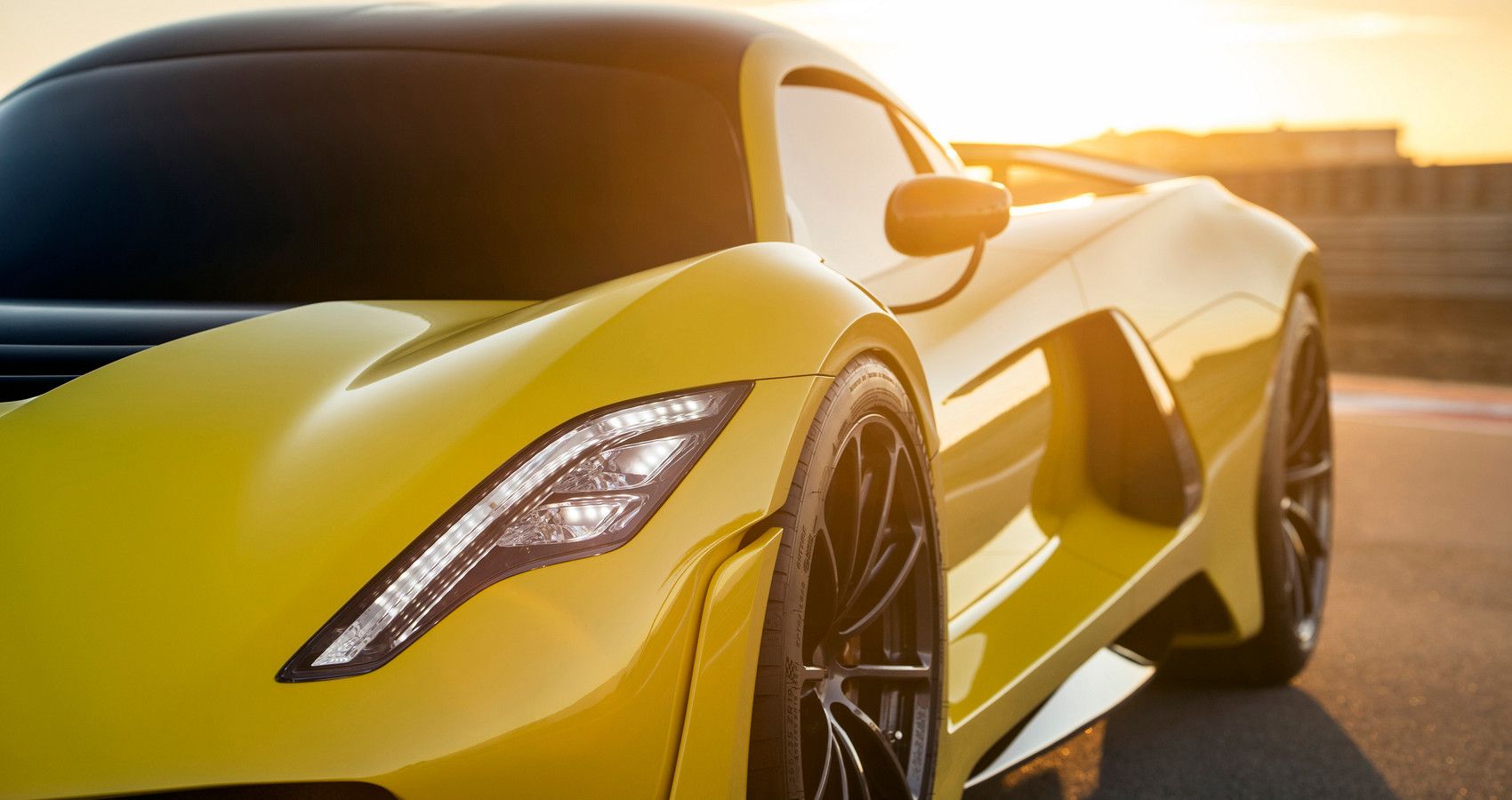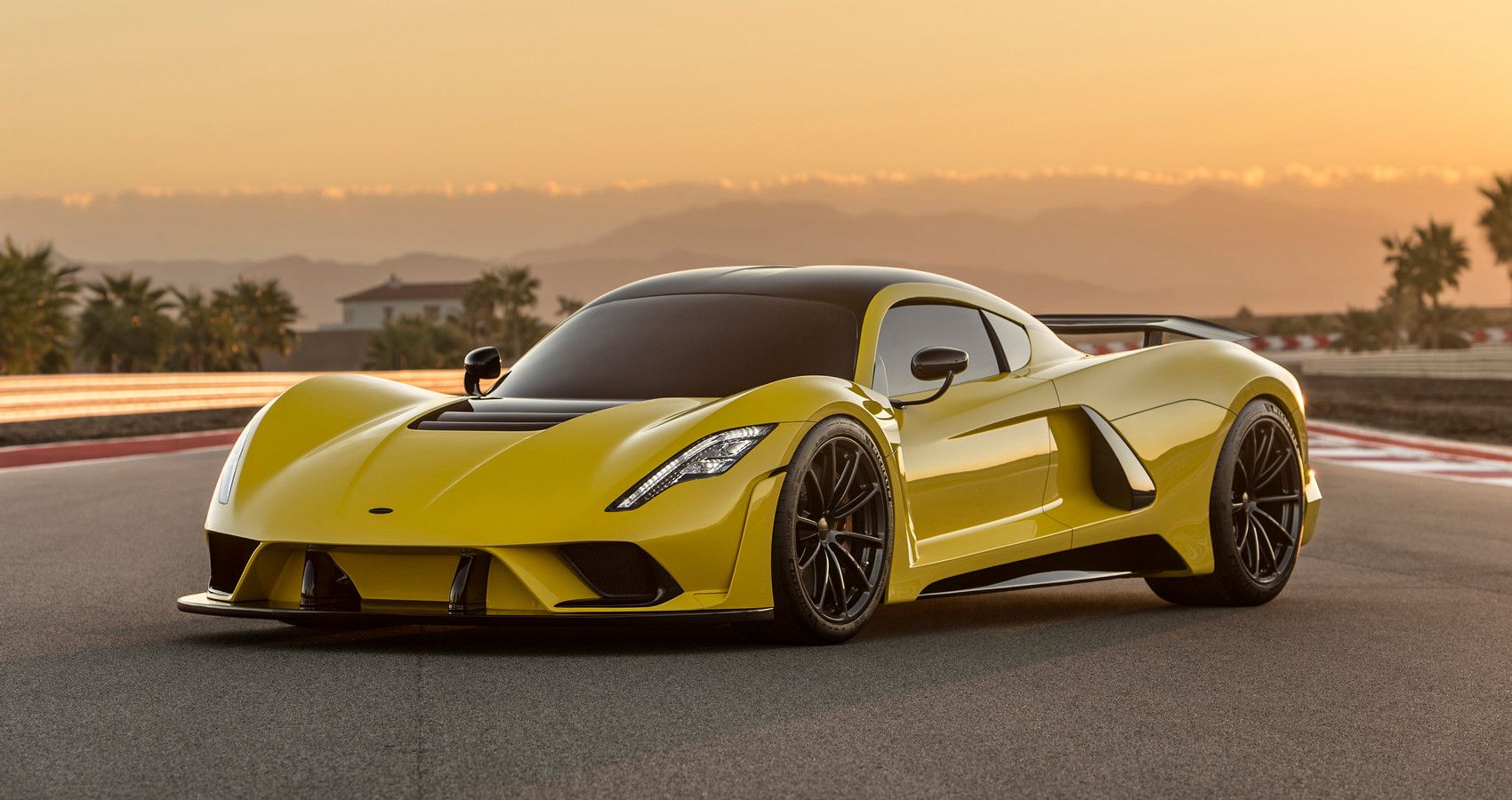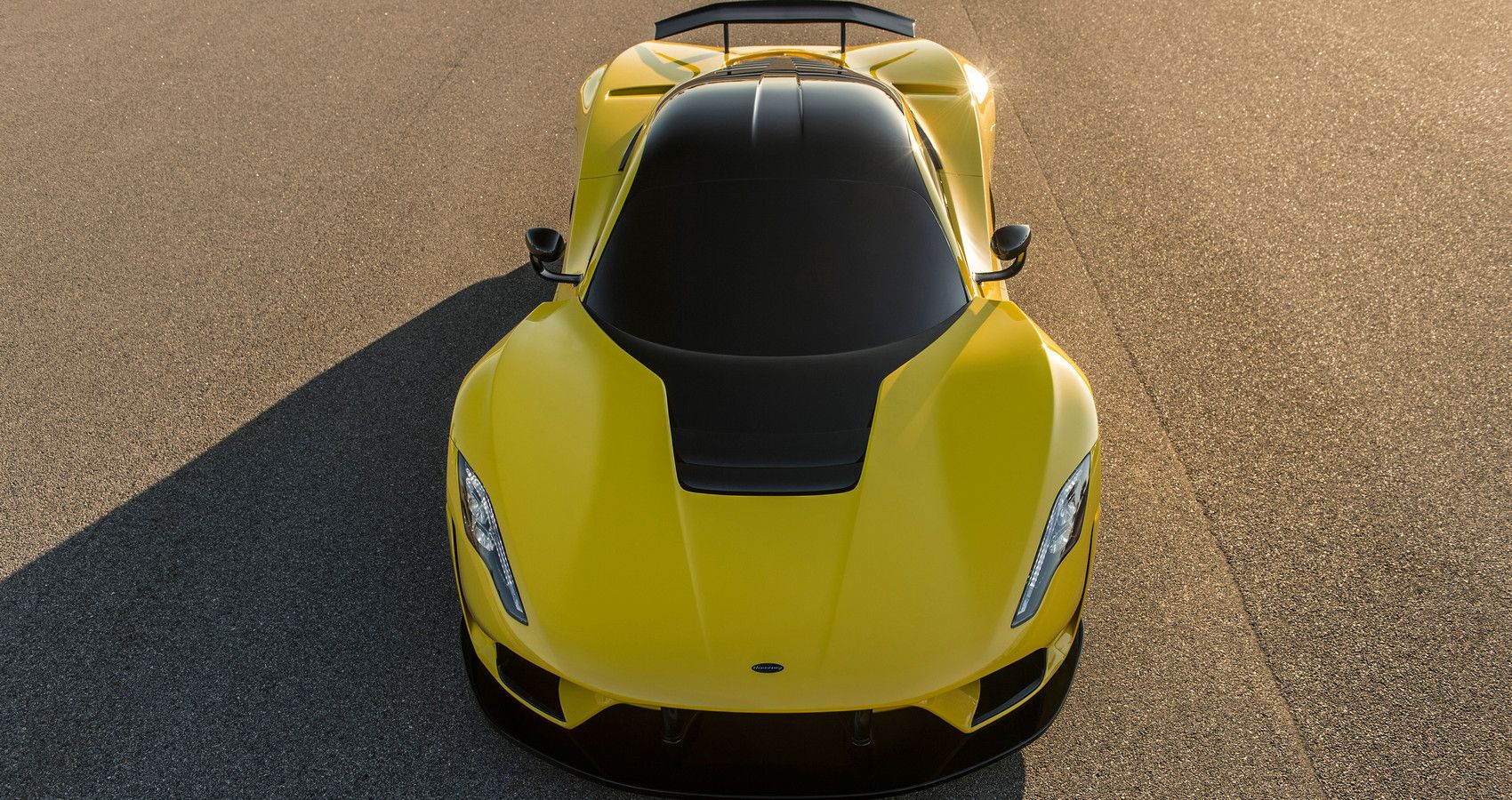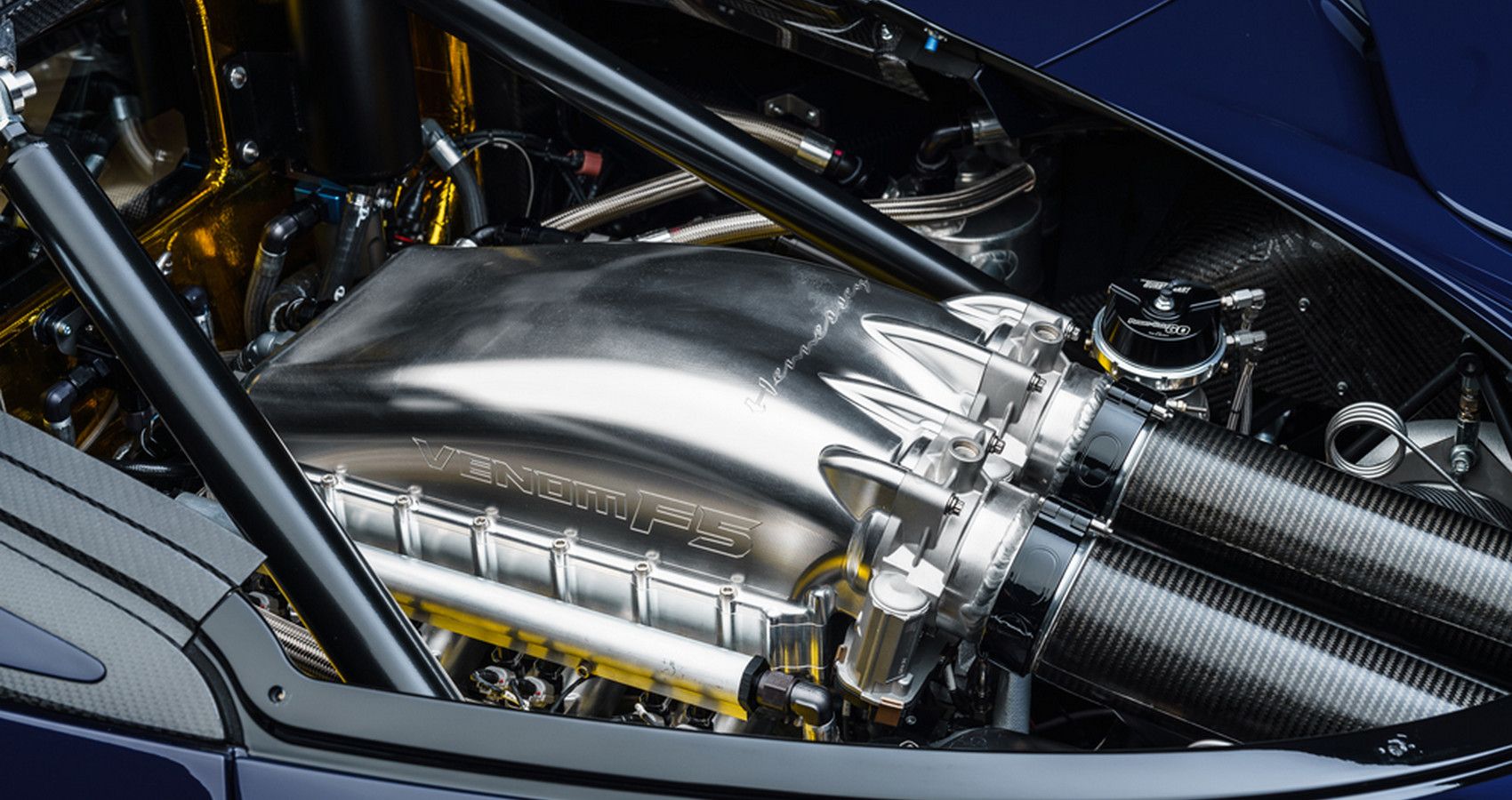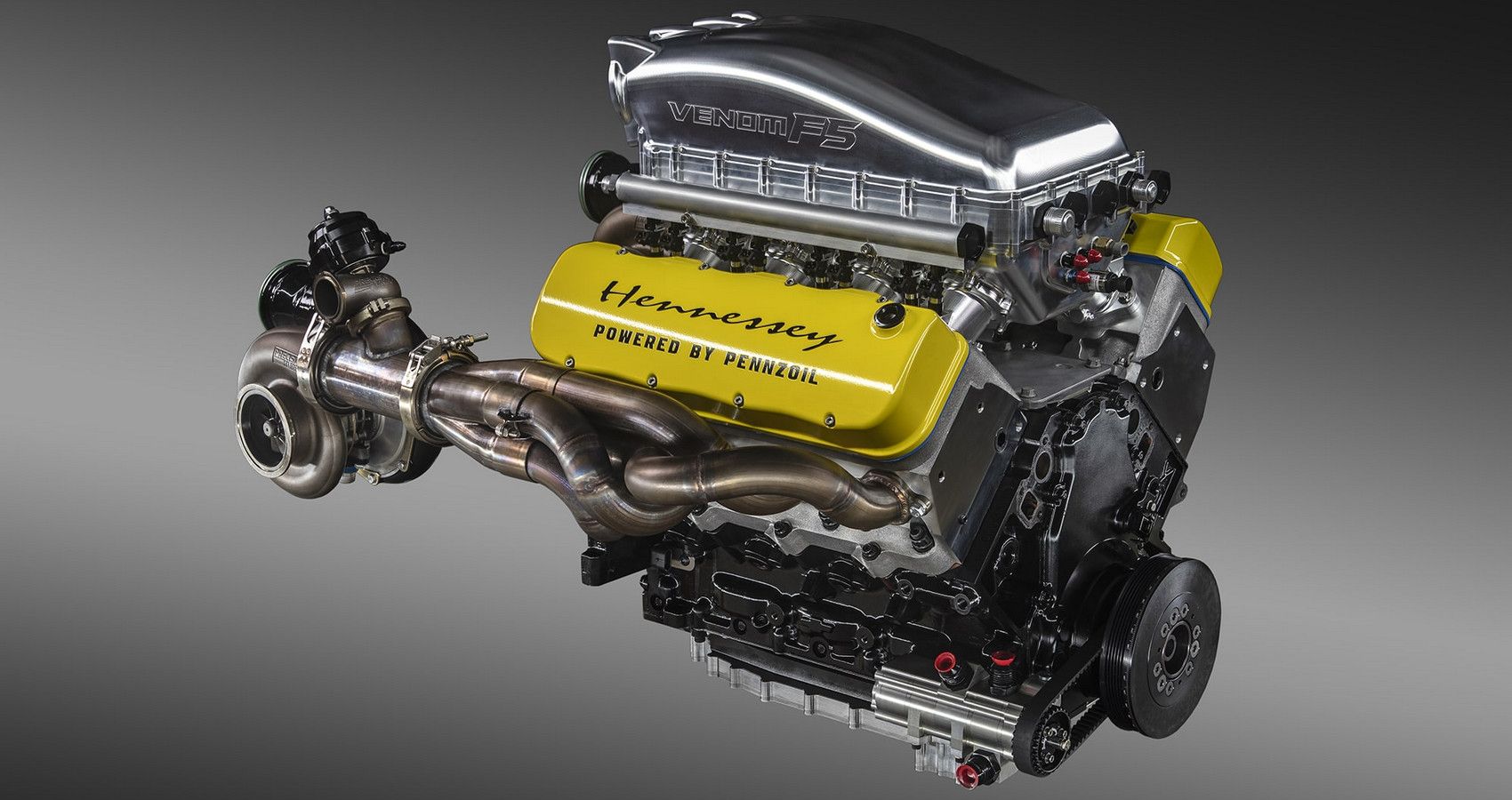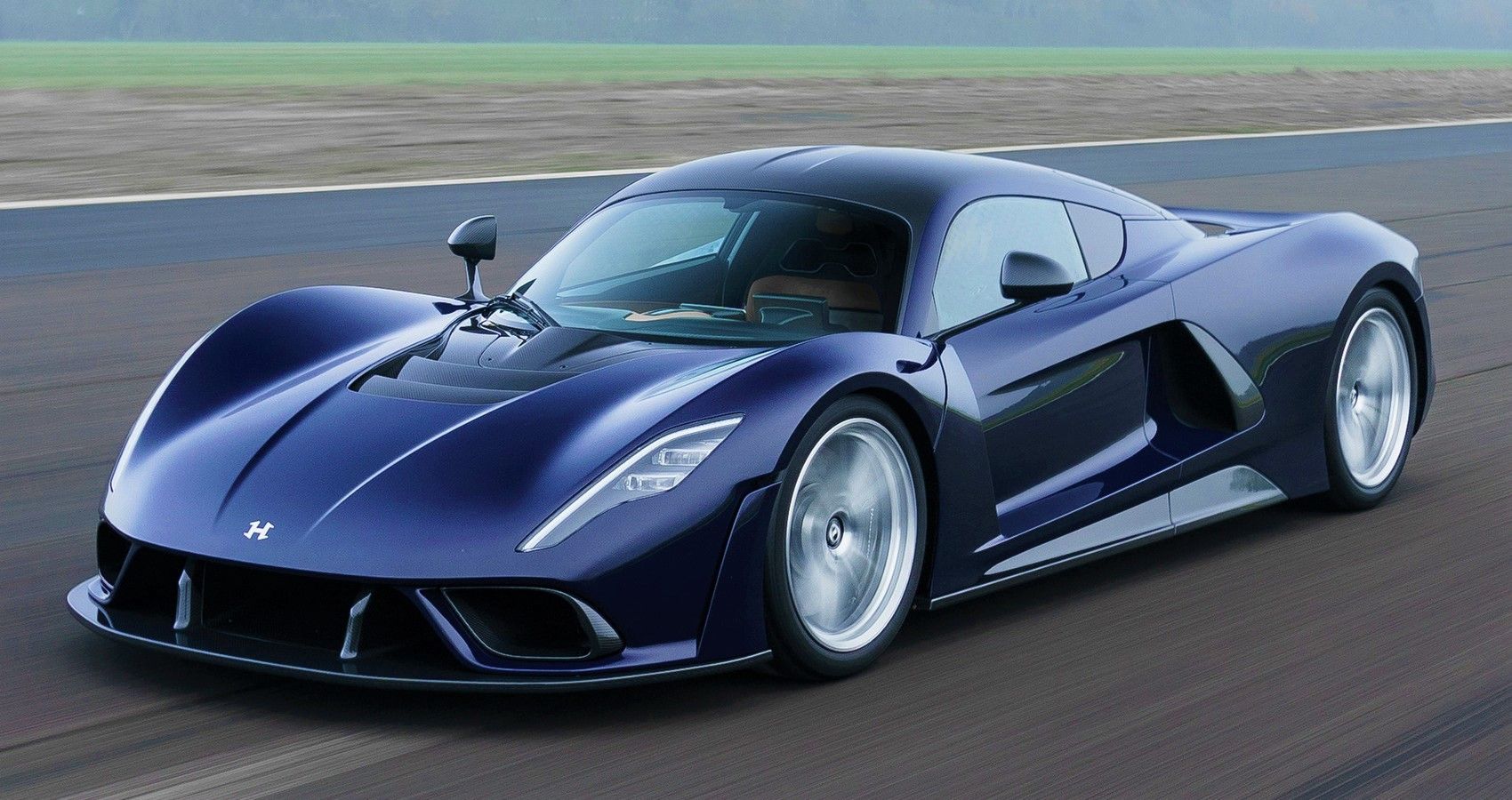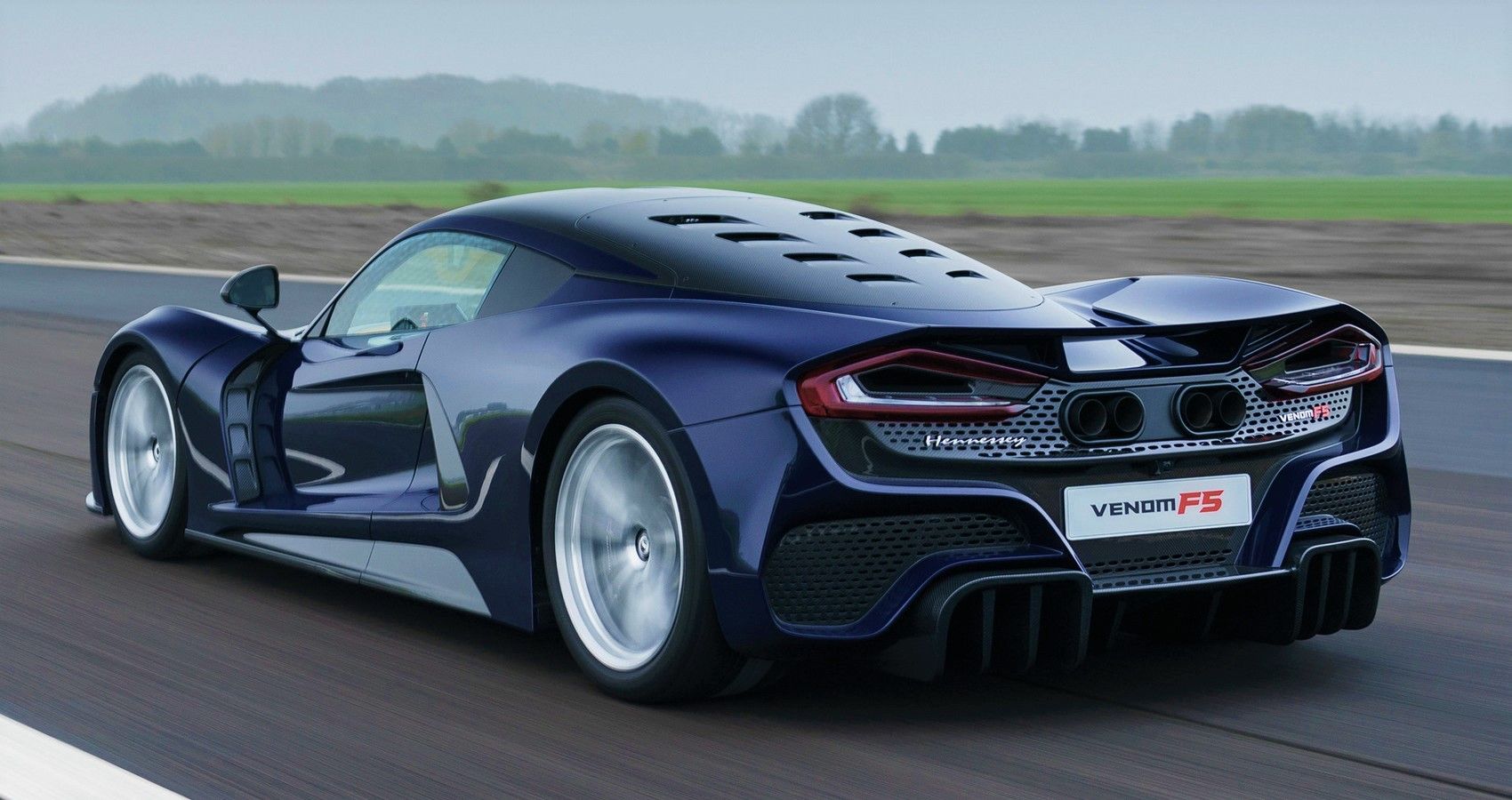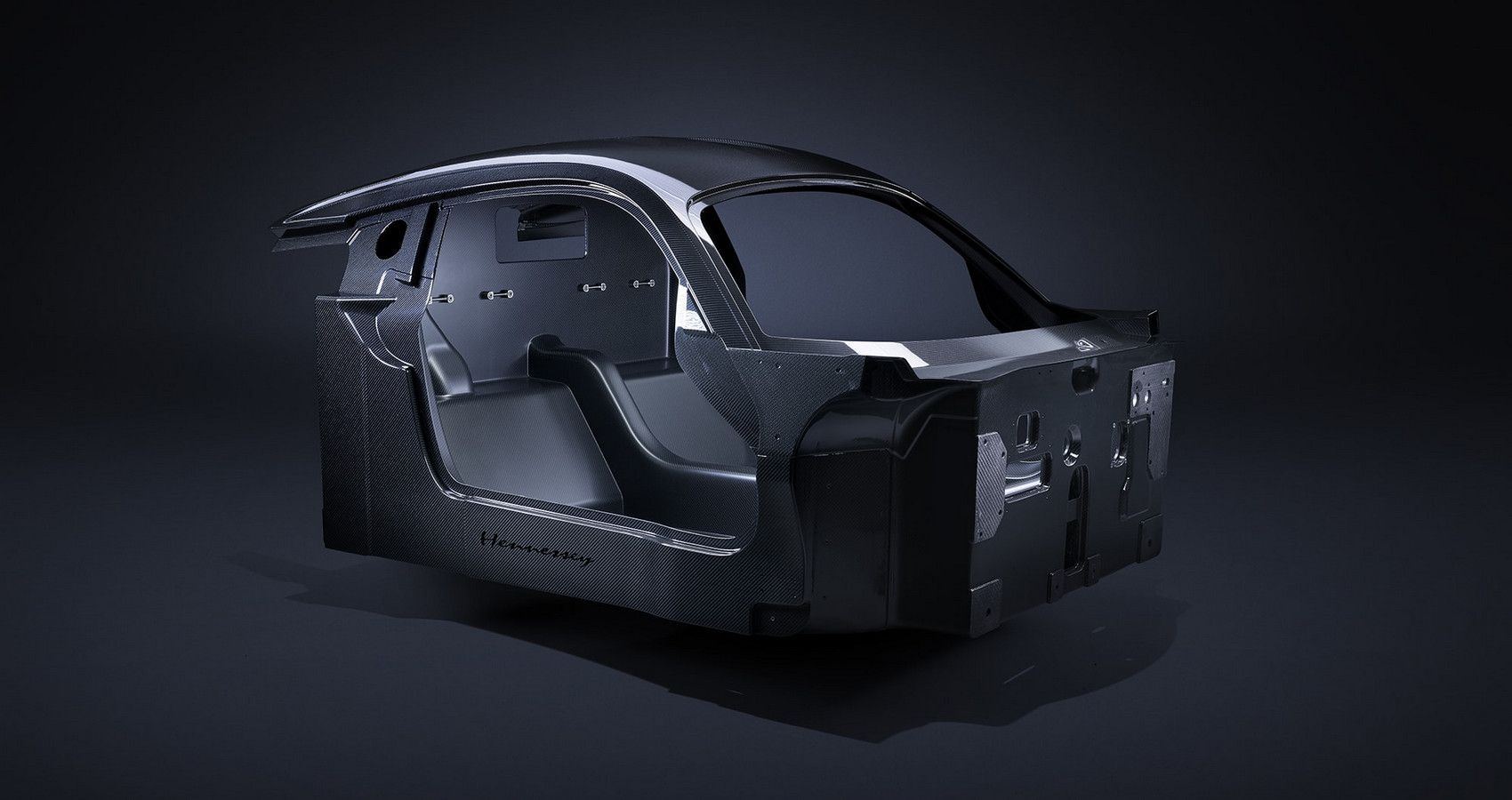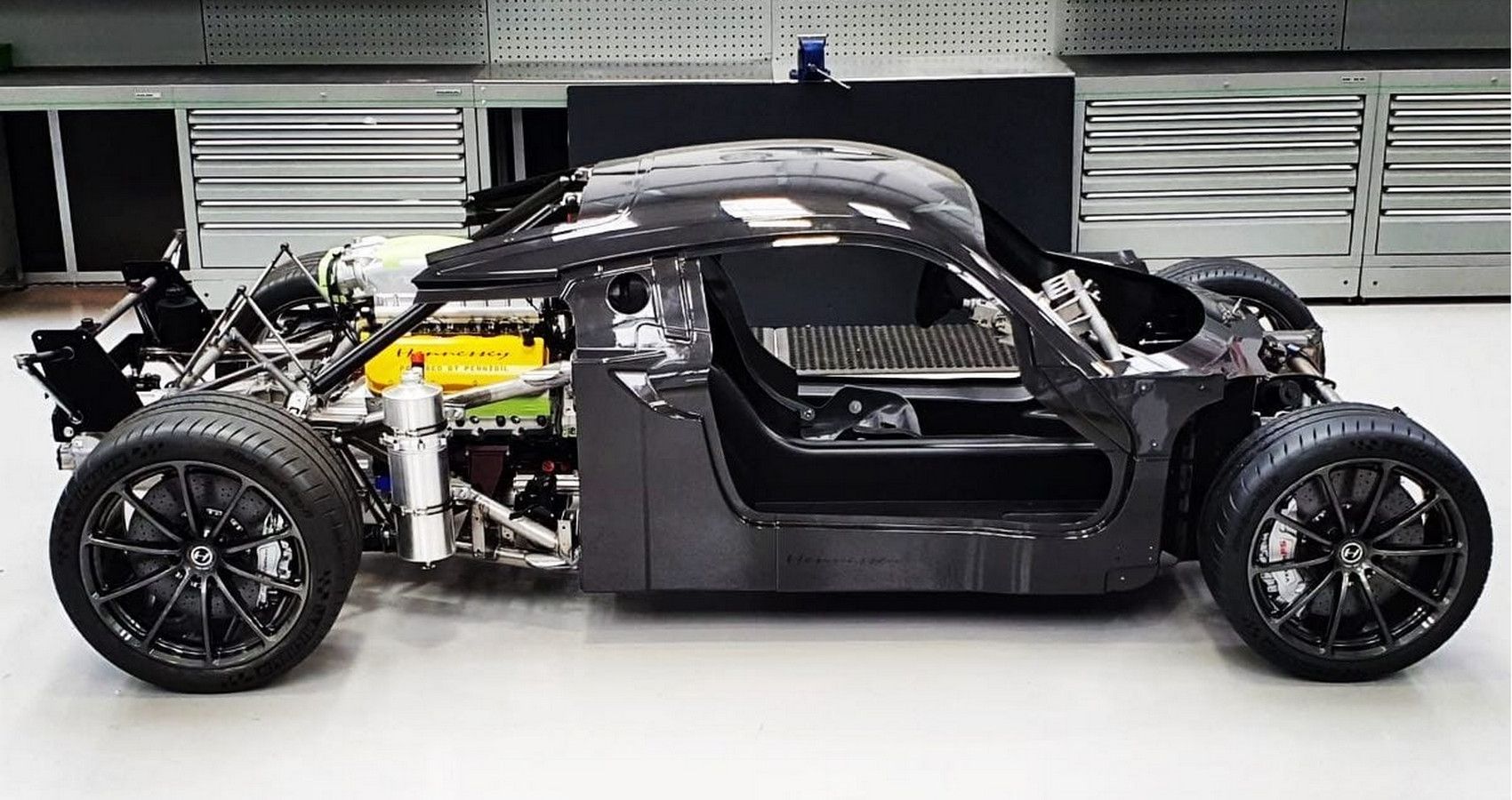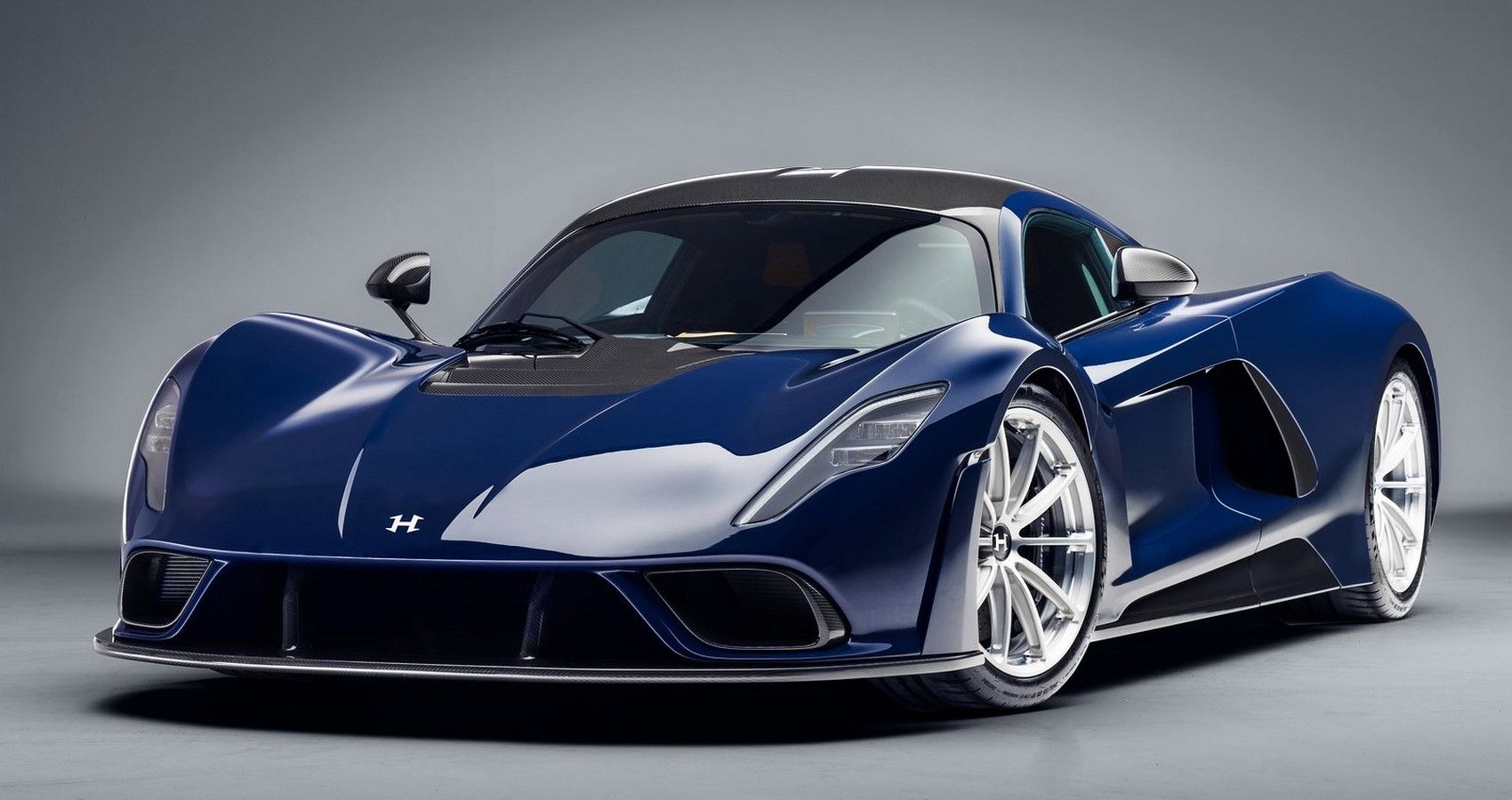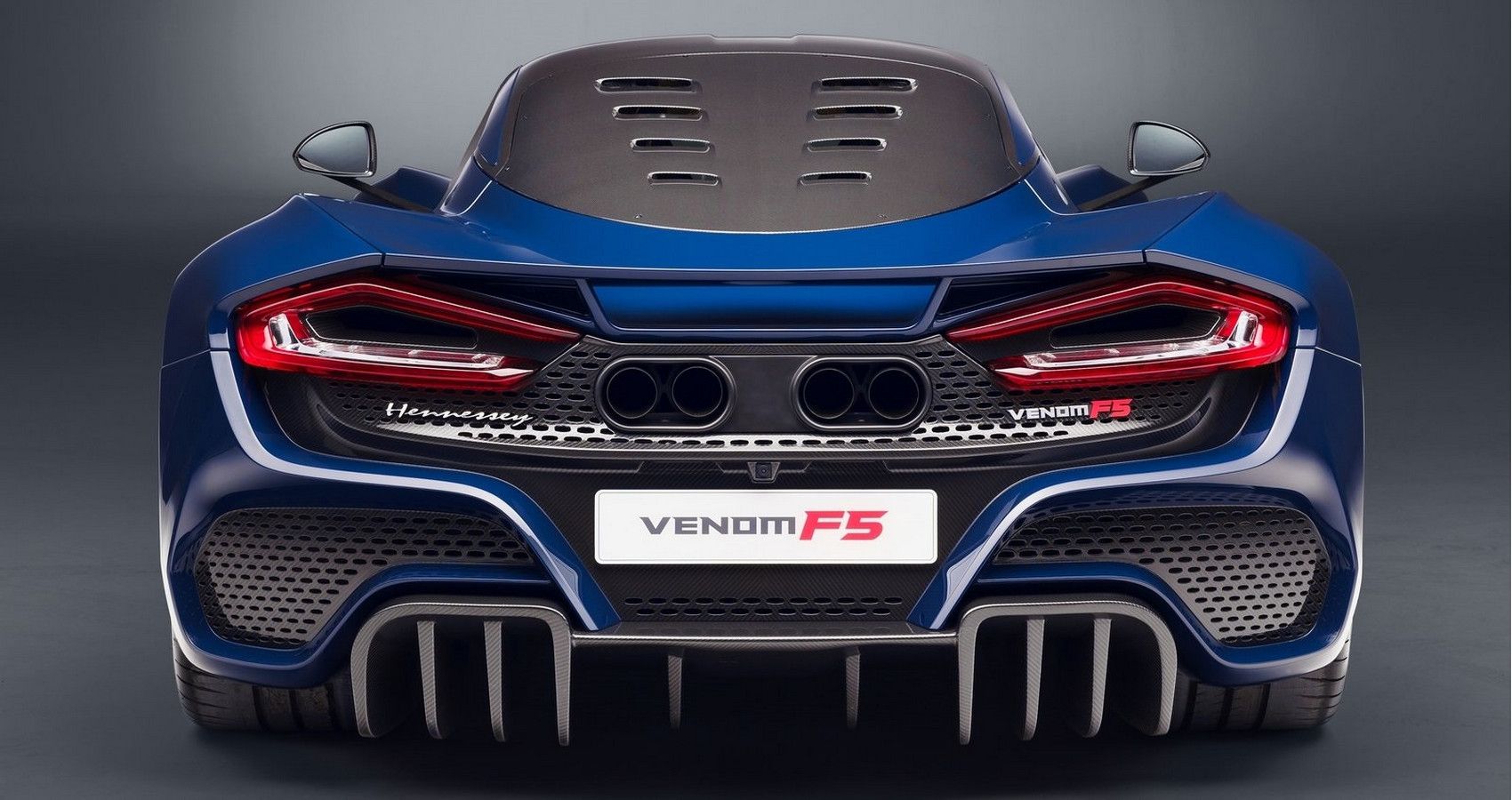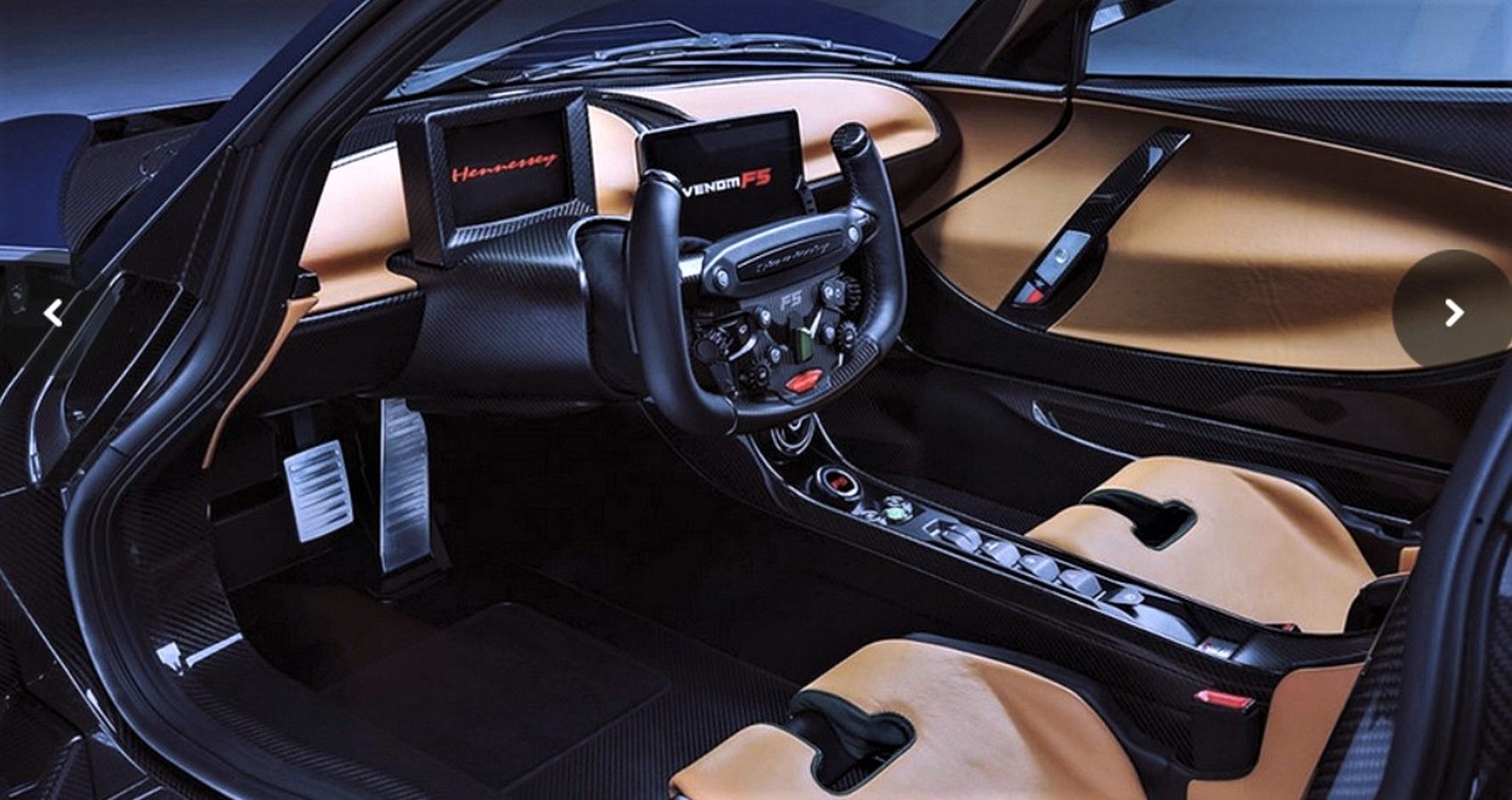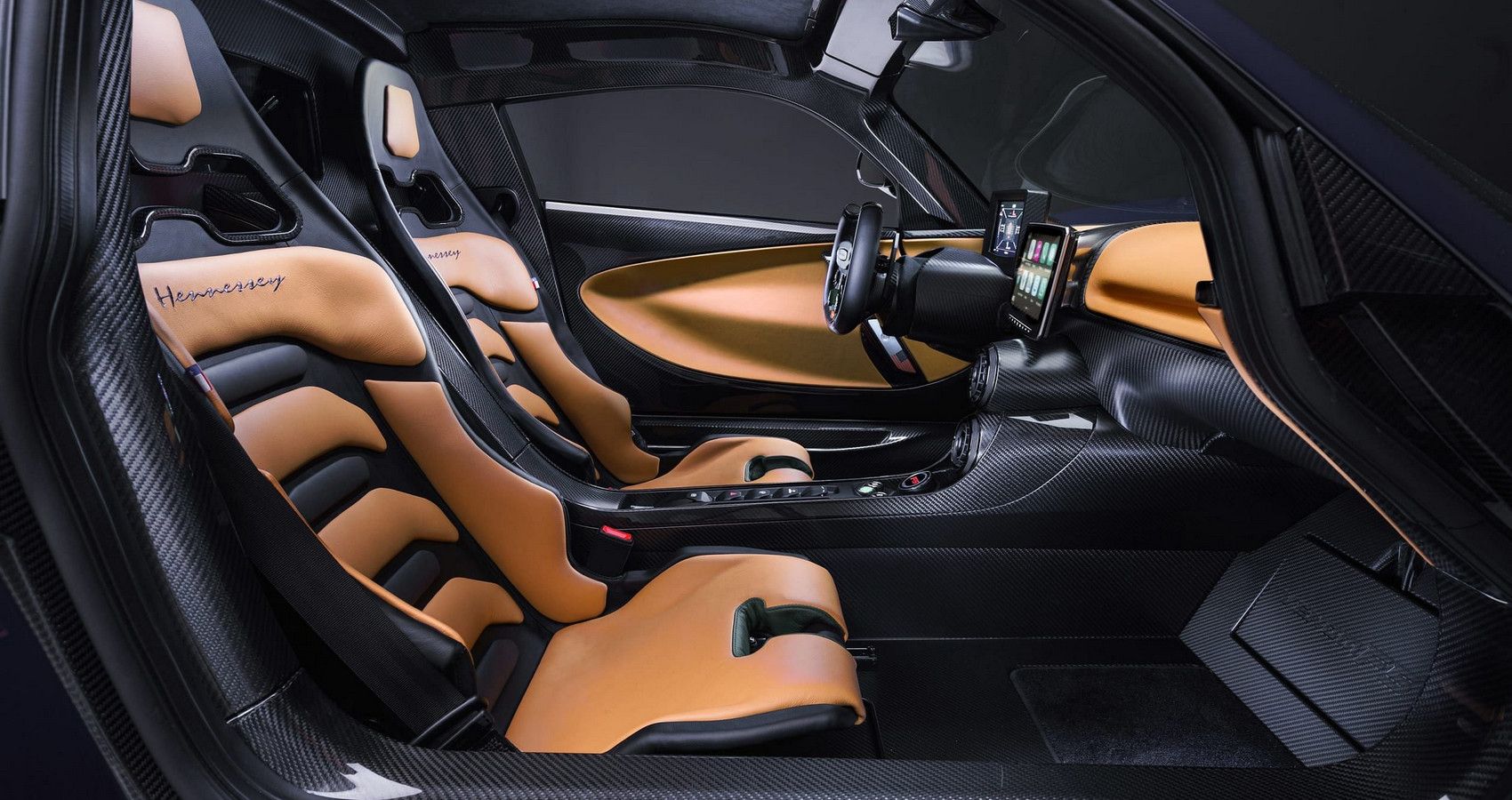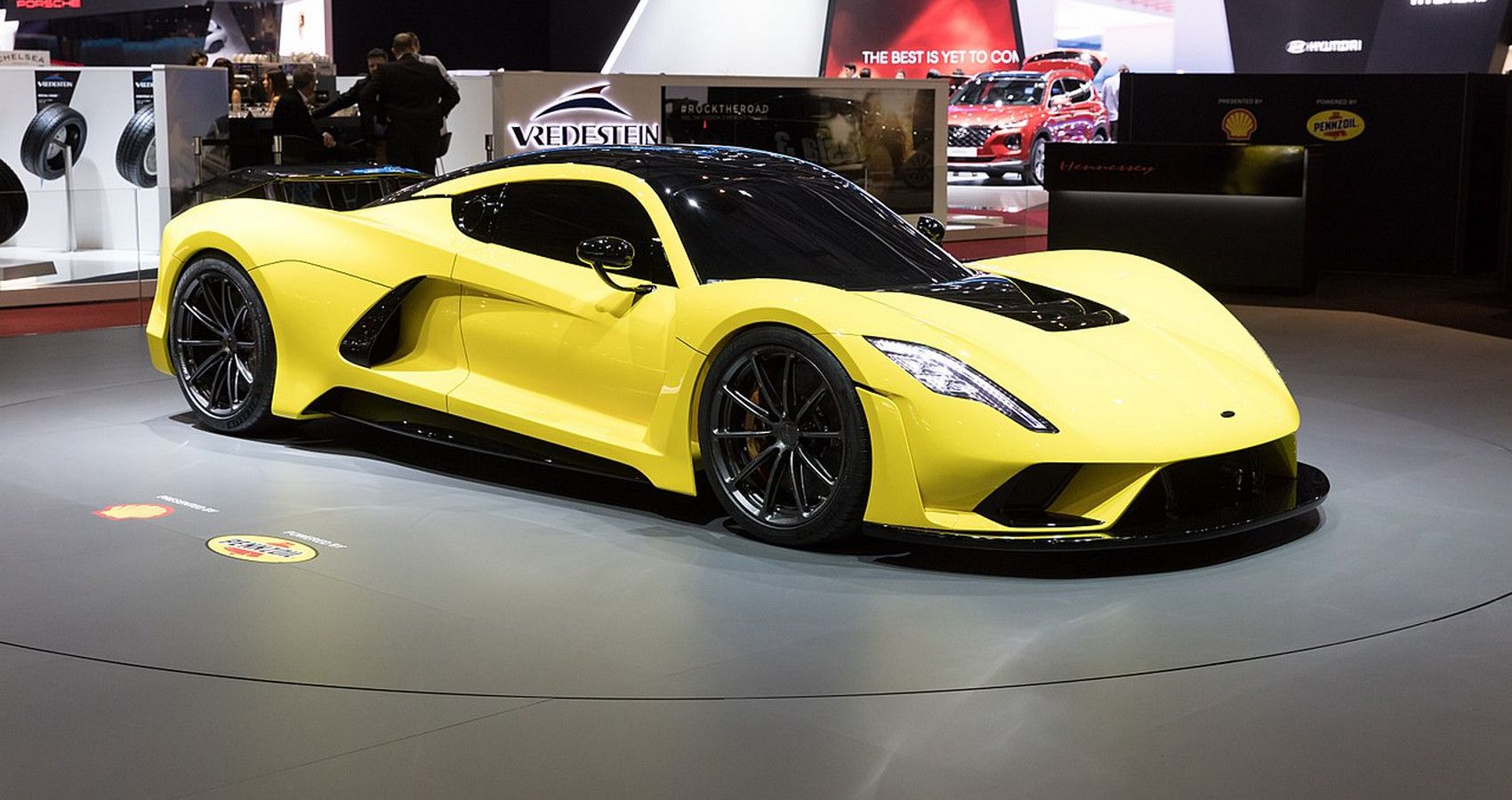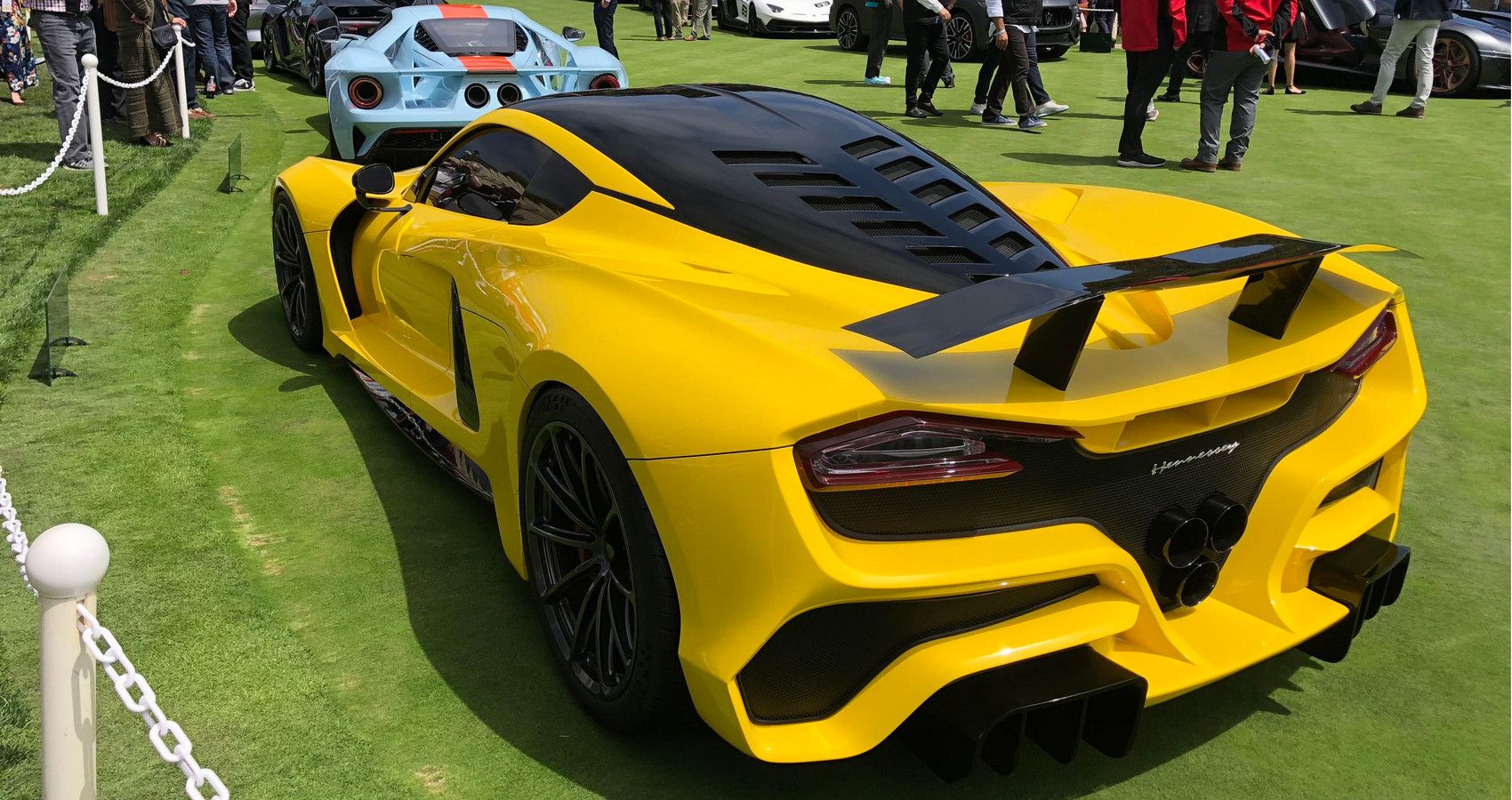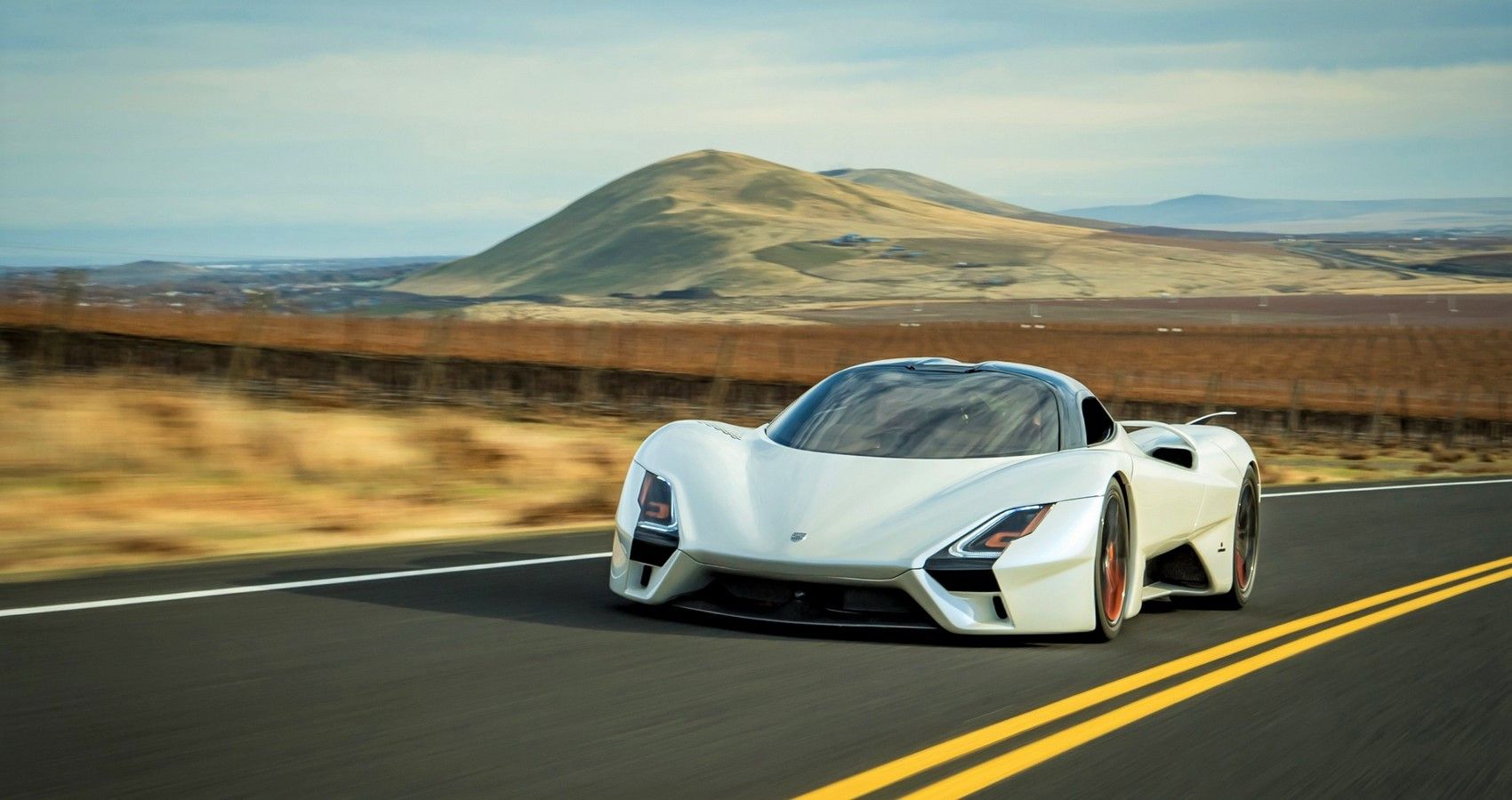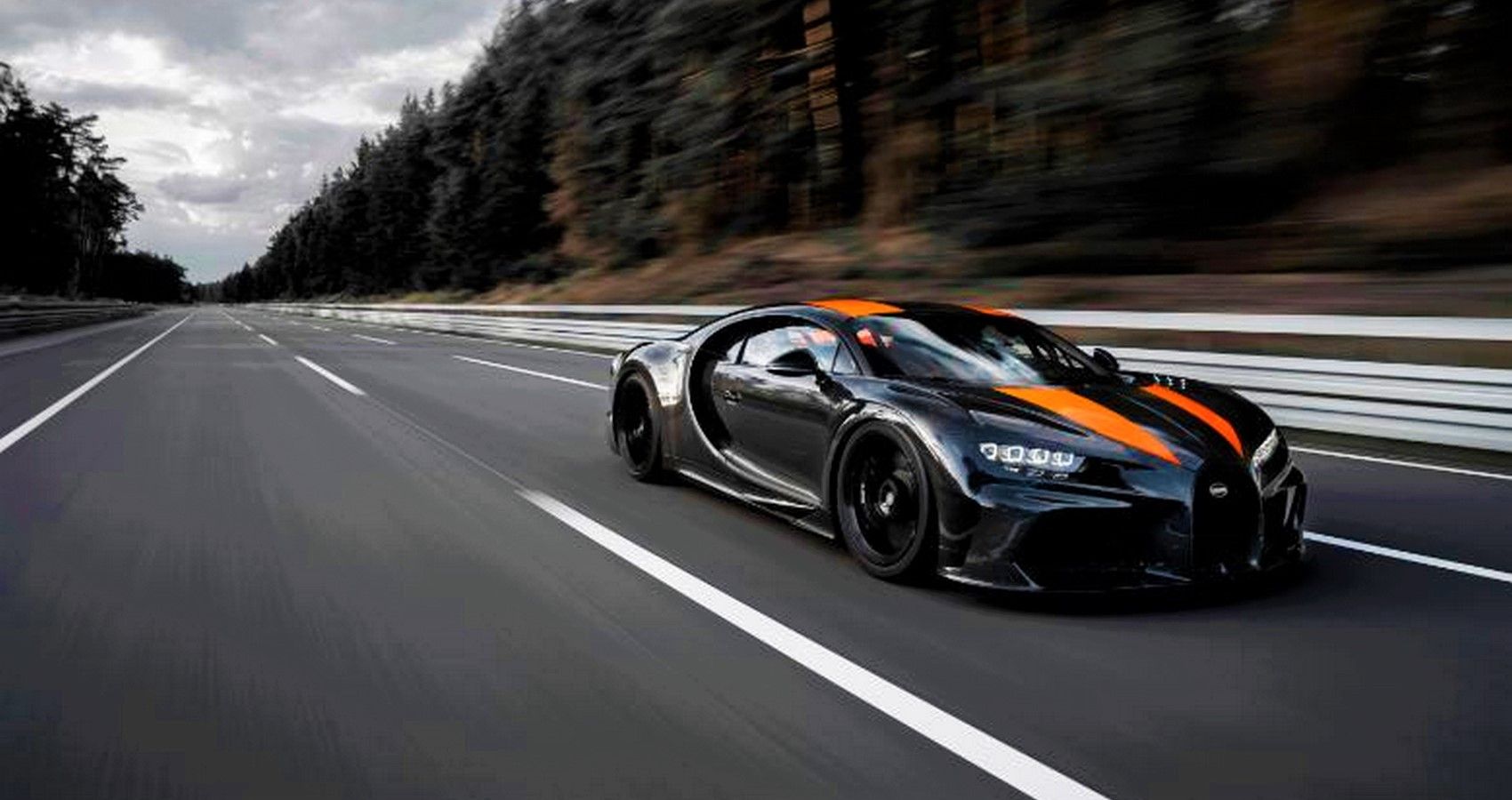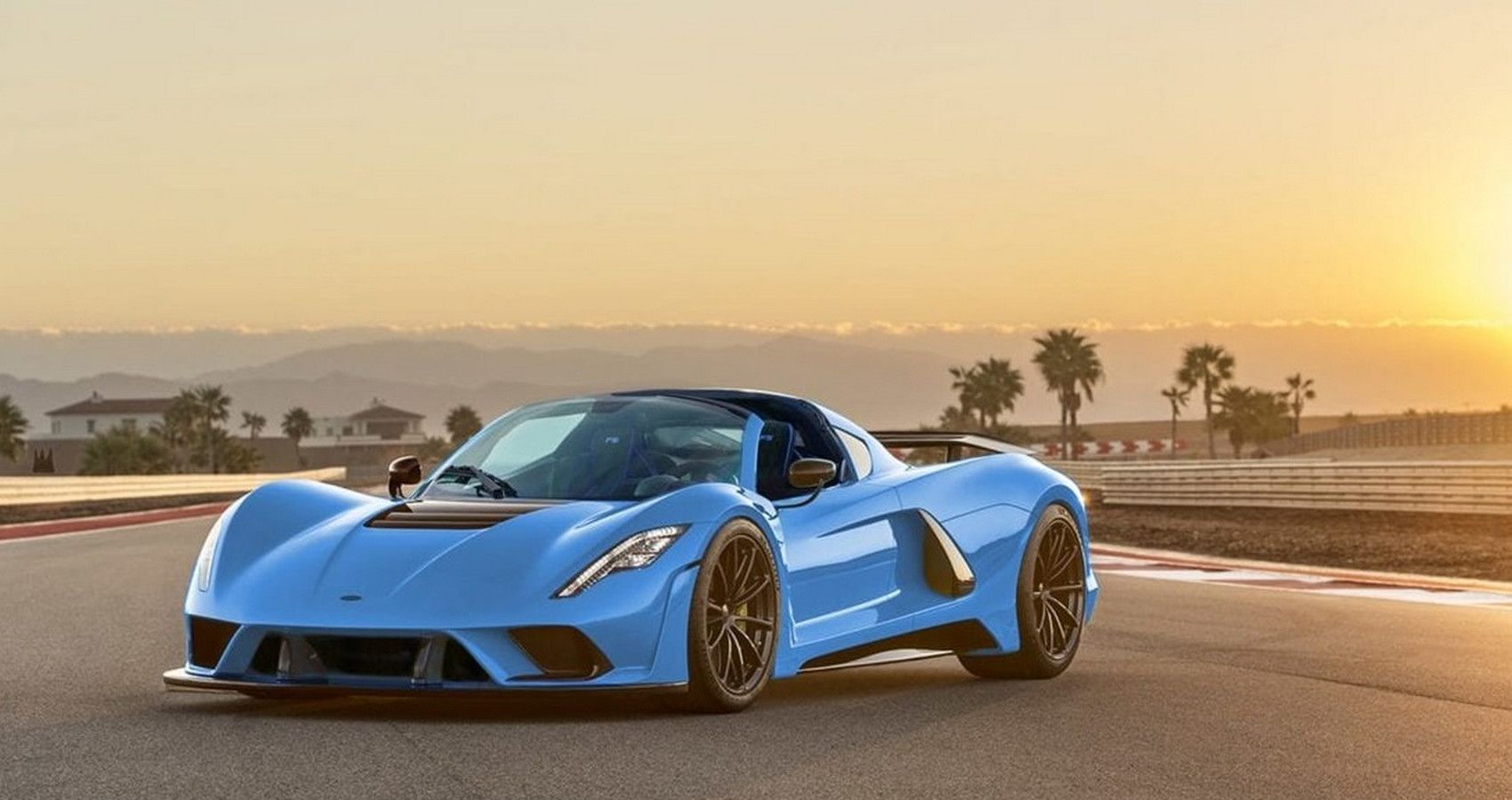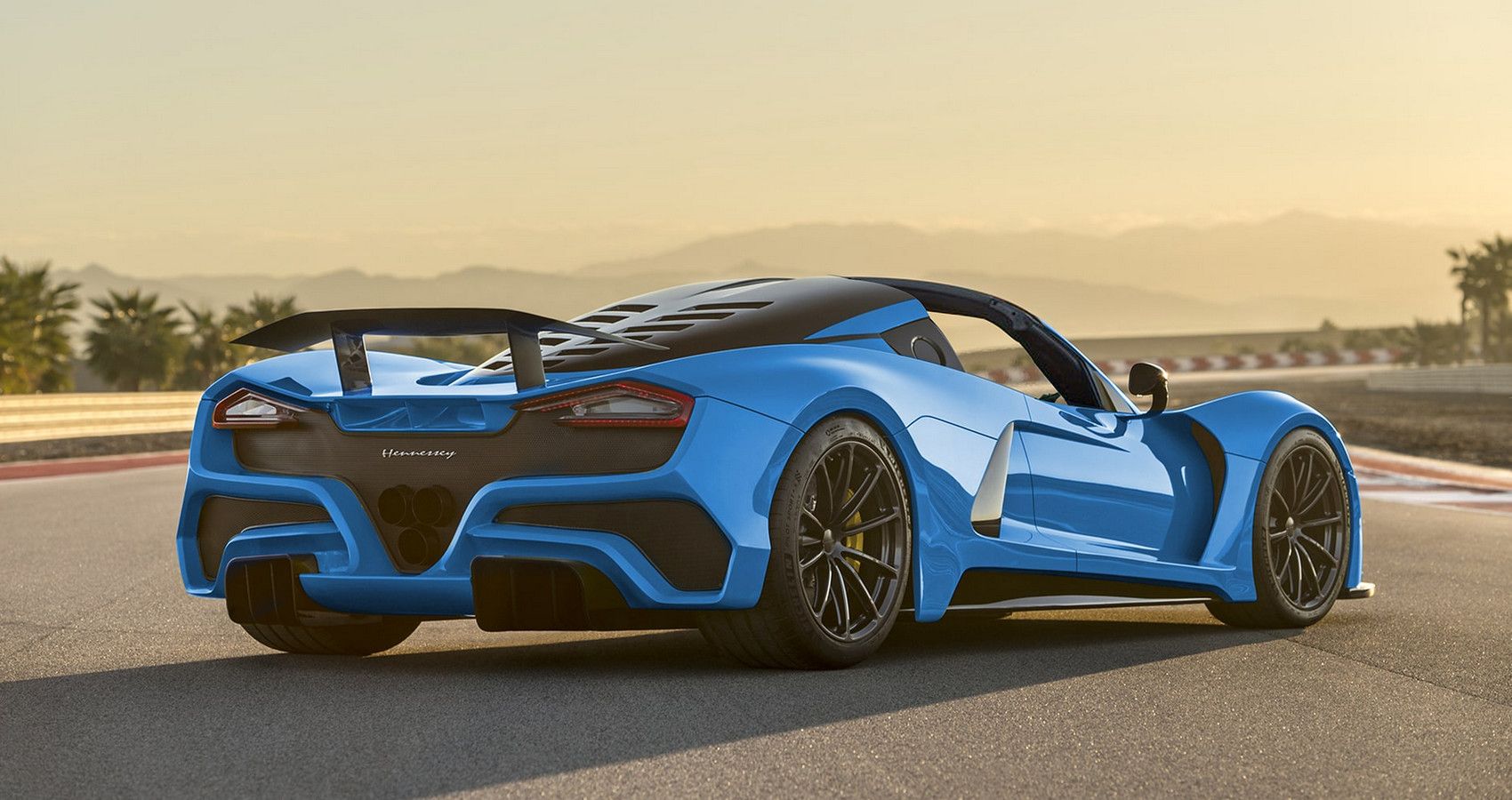Here's something to consider next time you board a flight anywhere, the average take-off speed for an airliner has remained around the 180 MPH mark since the original 747 first took to the skies in 1970, and now we have production cars that can out-drag the jumbo and go on to speeds of more than 300 MPH.
The aviation industry might be stuck in the 70s, but car designers are getting faster every year. We are told gasoline will soon be replaced with electric power, but seemingly no one has told Hennessey Performance, who continues to develop ever more powerful ways of making gasoline cars go faster. Their latest creation, the Venom F5, is part of an elite supercar club that has broken through the 300 MPH will little more than conventional gasoline and a brace of turbochargers. This does raise the question of why we need such insane speeds when most public roads are limited to double-digit speeds.
The Venom F5 then, not because we need it, more because we want it.
9 Early Bird "Bargain" Price Tag
Following up the world-beating Venom GT wouldn't be an easy task, Hennessey first displaying the mock-up Venom F5 in 2017 starting the lengthy development process of what was to become America's hypercar.
Announcing production would be limited to 24 cars in late 2020, half of which sold for $1.6 million before the year's end. These early adopters apparently getting a bargain sales price, all remaining F5s retailing for a higher $2.1 million price tag, still not excessive for such a rare hypercar. As it stands, production is scheduled to begin in 2021, with the first customer deliveries taking place later in the year.
8 Custom Built V8 Power
As far as gasoline-powered production cars go, Hennesseys Venom F5 surely must be the greatest achievement to date, the last hurrah for internal combustion engines with a claimed 1817 hp.
During development, rumors about various engine sizes from 7.4 to 8-liters circulating among the media before the finalized specification was released. Production cars will in fact use a smaller 6.6-liter Fury twin-turbocharged V8 engine, its core design based on a heavily modified iron block LS unit with Hennessey Performance cams and heads.
7 Astounding Performance Figures
Struggling to get your head around those insane power figures? Hennessey officially claims a top speed of 311 mph, although with a staggering 1817 hp on tap we expect the F5 to be even quicker. Weight and power define just how fast any car can go, the F5 weighing in at 2998 lbs sets the record for power to weight with 1298 hp per ton.
And for anyone thinking the F5 is all about top-end power performance, how about 0-60 mph in 2.6-seconds, with 186 mph coming up in less than 9-seconds with Hennessey claiming a rapid 0-249 mph time of 15.5-seconds.
6 Super Light Chassis
Carbon fiber might be the modern go-to material for supercar manufacturers, but the miracle material actually dates back much further, with the first all-carbon filament created in 1879. Highly regarded for its superior weight to strength properties compared to conventional materials, carbon fiber forms the basis for the Venom F5's tub.
Stripping the F5 back to its bare chassis reveals just how much weight carbon fiber saves in the overall build process, the tub alone which everything else bolts to weighing in at just 190 lbs, by comparison, the V8 motor contributes 617 lbs to the F5s curb weight.
5 Aerodynamic Efficiency
Ever since the Lamborghini Muira debuted in the 60s, every supercar has been a balancing act between lift and drag. Too much of either negatively impacts performance, lift causing a loss of front end stability, drag-reducing top speed. Bucking the trend of an ever-growing number of winglets, Hennessey fine-tuned a simpler set-up, the central section of the F5 channeling air up and over the nose, the outer portions diverting around the nose to cool both the brakes and feed the side-mounted cooling ducts.
Round the back, a more conventional wing, and diffuser set-up working similarly to aircraft wings, only inverted to reduce lift rather than increase it. Anything vaguely resembling a grille or mesh-like surface serving to vent excess heat from the Fury V8 engine and turbocharger installation.
4 Performance Meets Luxury
With such impressive performance claims you might think the Venom F5 is a stripped track-based supercar, but opening up one of the butterfly style doors reveals an interior trimmed out in leather and carbon fiber, easily on par with its European rivals.
Resisting the urge to festoon the cockpit with dozens of switches and gadgetry, Hennessey adopts a simpler approach with inspiration coming from the aviation industry with a yoke-style steering wheel and heads-up display. Behind the unique airbag-less steering wheel, a single multifunction 7-inch display takes care of the essentials, leaving a larger centrally mounted display for the F5's Alpine sourced infotainment system.
3 Limited Mileage For US Buyers
There is however one small problem with the Venom F5, and it has nothing to do with engineering or design but more of a legal issue, making the world's fastest hypercar illegal on US roads. With half of the planned production run already sold, most to US buyers, this could be a major problem unless, of course, you happen to have a private race track at your disposal.
Thankfully, those nice people at the NHTSA have given owners and smallish window of leniency under the "Show And Display" rules that permit owners to use non-sanctioned vehicles for up to 2500 miles per year. Admittedly, this means that all Venom F5's are going to be parked up for most of their lives. Still, it could be worse, imagine having the world's fastest production car just gathering dust in a garage with nowhere to drive it.
2 The 300 MPH Club
Anyone remembering the magic era when Porsche and Ferrari battled to be the first supercar to crack 200 mph back in the late 80s will also remember engineers claiming cars would never go any faster, and yet here we are with a growing number of hypercars capable of 300 mph. Aiming for the world's fastest production car title, Hennessey has all the ingredients in place, the Venom F5 is already the most powerful gas-powered road car, and with a weight advantage on its side, things should be straight forward.
Just two major rivals stand in the way of glory; Bugatti's Chion Super Sport with a verified top speed of 304 mph, and much closer to home, the SSC Tuatara with a somewhat dubious top speed of 316 MPH. Out of the box it's a win for the Tuatara, but don't write Hennessey off just yet. Remember, the Venom GT underwent a mid-life makeover, gaining more power, and we expect a similar twist for the Venom F5.
1 Never Say Never
Currently, there are no firm plans to produce F5 Roadsters, this hasn't deterred the many creative gearheads out there producing some bespoke renderings of the world's fastest production car minus its roof. However, if we look at the original Venom GT, that too was envisaged as just a coupe before the roadster arrived a year later.
Putting the same question to founder John Hennessey receives a similar cryptic reply, maybe in the near future once production and deliveries commence they'll consider a roadster.

